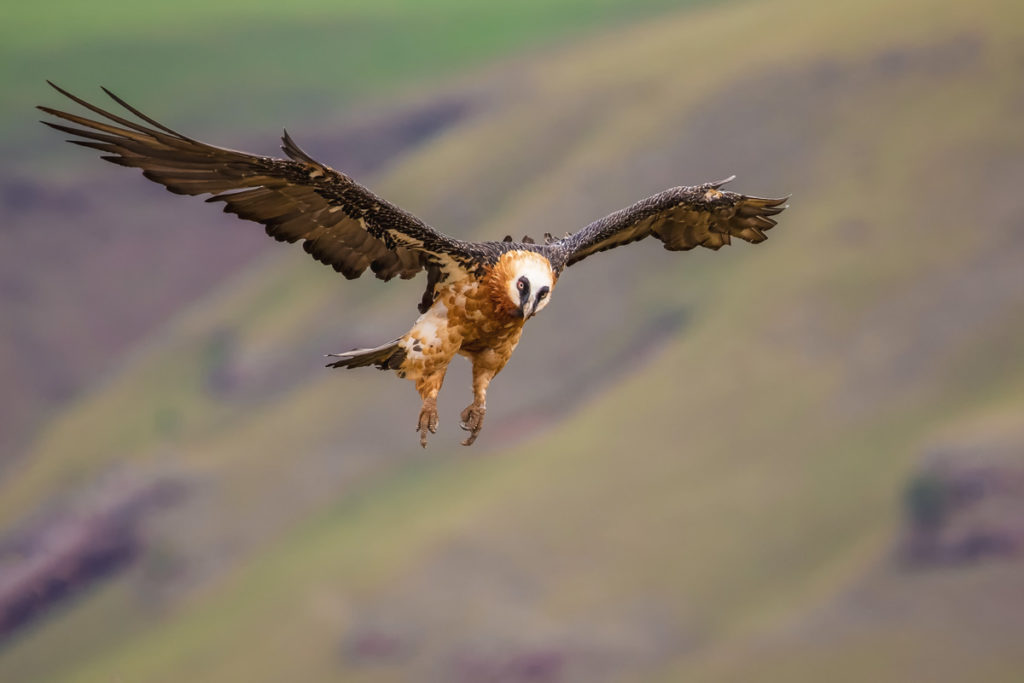The Data Millionaire
A western yellow wagtail built the foundation of Christopher König’s data property. Just in time for the spring season 2007 the young student realized his idea developed long ago: to merge all sightings of bird watchers in his home region via the internet. When one of the hobby ornithologists saw a rare species before, a telephone or e-mail chain started to inform the others. It could work in a simpler way, thought Christopher. He learned the ropes of website design and set up a homepage for bird watching.
During the week he studied biogeography in the old town Trier while on weekends he mapped birds for the Atlas of Breeding Birds in Germany and counted water birds as volunteer. He engaged people over a broad network and all birders of the region took up his internet offer directly and actively. For five years all birders in the region of Ostwestfalen noted data on the local platform and sent in their recent sights via e-mail, which Christopher always entered faithfully.
DURING THOSE FIRST YEARS CHRISTOPHER HAD ALREADY COLLECTED THOUSANDS OF BIRD DETAILS, THOUGH THEY WERE RATHER MODEST COMPARED TO HIS LATER DATA TREASURE. ANYWAY, UNTIL THEN IT WAS A LONG WAY TO GO WITH MANY INTERESTING EXPERIENCES.
From the great peat bog to Azerbaijan
Christopher was already hooked on bird watching early in life. His grandfather took him as little boy on long walks through the great peat bog in his region and taught him all sorts of details about fauna and flora. Christopher’s father bred exotic birds in aviaries in their garden, which his son fed regularly.
Nevertheless, Christopher would have never got the idea as youngster, to aim a profession in ornithology. Early on, Christopher did not exactly know, what to become for as profession, but geography and biology interested him most in school. So biogeography sounded like a perfect course of study. Some fellow students enthusiastic about birding took him on excursions in the Moselle Valley.
They showed him little by little how to identify a rare bird. At university he deepened his new knowledge by courses on bird species, fieldwork and excursions. At this point Christopher started a typical career for German birders with some study-related internships.
In the Wadden Sea he mapped birds for the Jordsand Association on the North Sea island Sylt. And in Azerbaijan he supported within an international migratory bird project. In the ornithological stations of Radolfzell close to Lake Constance and on the island Heligoland he took courses in breeding biology and bird ringing. His diploma thesis dealt with the habitats of red-breasted flycatchers in the Bavarian Forest.

FOR SEVEN YEARS NOW, CHRISTOPHER COORDINATES THE HUGE DATA COLLECTION POINT VIA HIS COMPUTER.

The first year after his studies Christopher acted as a freelance birding expert and traveled a lot. Besides mapping breeding and resting birds on the mainland, he captured migratory birds from small airplanes and ships for ornithological reports on offshore wind farm projects in the North Sea. After his time in the North he spent several weeks observing the flyways of birds at the Gulf of Suez in Egypt.
Professional data juggler
In the year 2010 it got serious. The Federation of German Avifaunists, called DDA, announced a newly created job. On an honorary basis Christopher had worked for the federation for a long time already counting resting waterfowl and coordinating counts of great cormorants’ roosts in his home region.
The position actually was the big, national version of what Christopher has been organizing for his personal network at home. “I have dreamed of such a national portal for very long time”, says König.
Just when the technical challenges were solved, the portal ran up by itself. Advertisement was not necessary. It seemed like everybody had been waiting for something like this. Via the members of the federation DDA and the information from the big nature conservation organizations the portal gained many reliable data suppliers in a very short period of time.
“ON A REGIONAL LEVEL I HAD CREATED SOMETHING SIMILAR BUT TECHNICALLY SEEN IN AN AMATEURISH WAY. NOW THERE AROSE AN OPPORTUNITY TO REVOLUTIONIZE THE INFORMATION FLOW AMONG BIRDERS IN THE WHOLE COUNTRY.”
CHRISTOPHER KÖNIG

It is a pure desk job. Does he not miss the relation to the practical work out in the field? Indeed, Christopher takes over mapping jobs, is part of the rarity committee and writes many ornithological articles as compensation.
Also his leisure time he spends outside in nature. It never gets boring for him in the office, as he turned his hobby into a career.
“I AM DELIGHTED EVERYDAY ABOUT FOLLOWING THE ORNITHOLOGICAL OCCURRENCE THANKS TO THE REPORTS OF THOUSANDS OF BIRDERS. IT IS FASCINATING HOW MILLIONS OF SINGLE OCCASIONAL SIGHTINGS FORM A BIG PICTURE.”
CHRISTOPHER KÖNIG
With this picture developments in Germany’s bird life may be outlined and analyzed as quickly as never before. This is the real value of the millions of data. For Christopher König the data treasure also has a highly emotional value. He calls himself a “twitcher”, a collector of bird sights with a long list of species. If a rare bird is reported on ornitho.de, which is not on his Germany list, he will grab his binoculars, the Victory SF, and his spotting scope and just drives off.